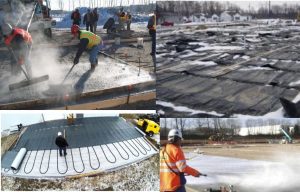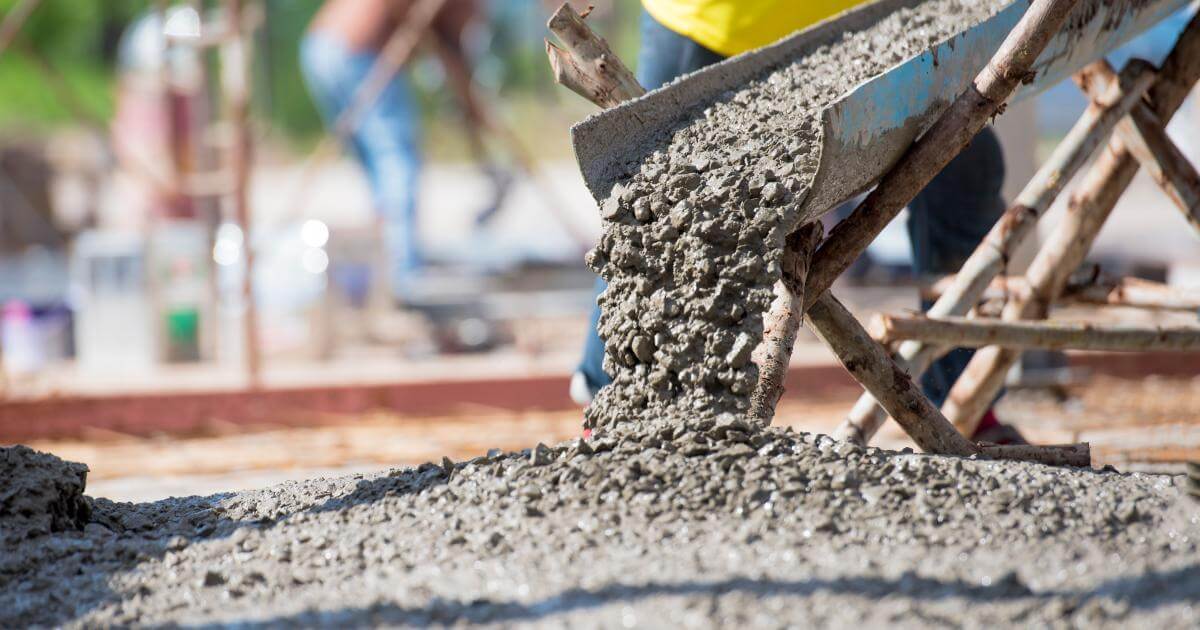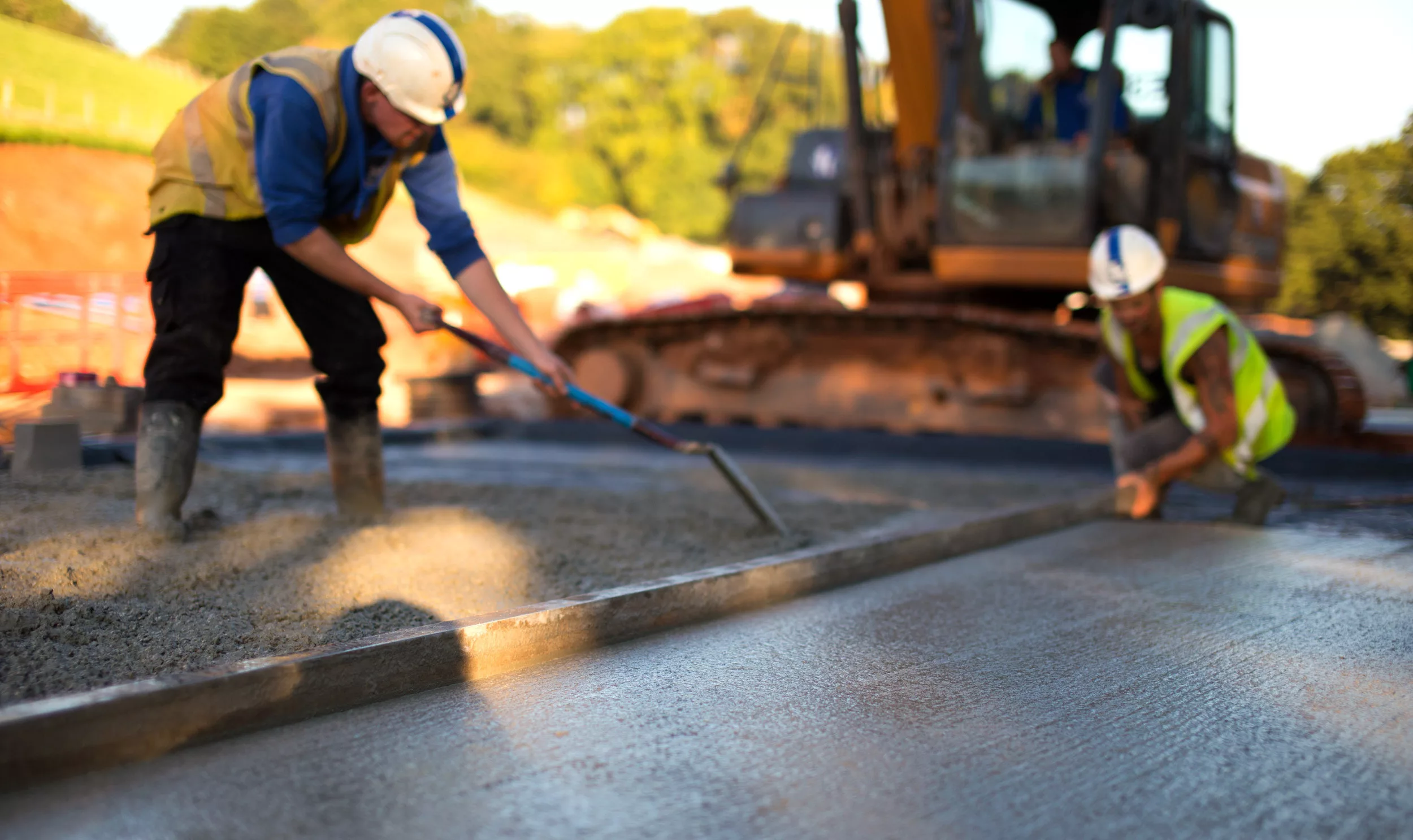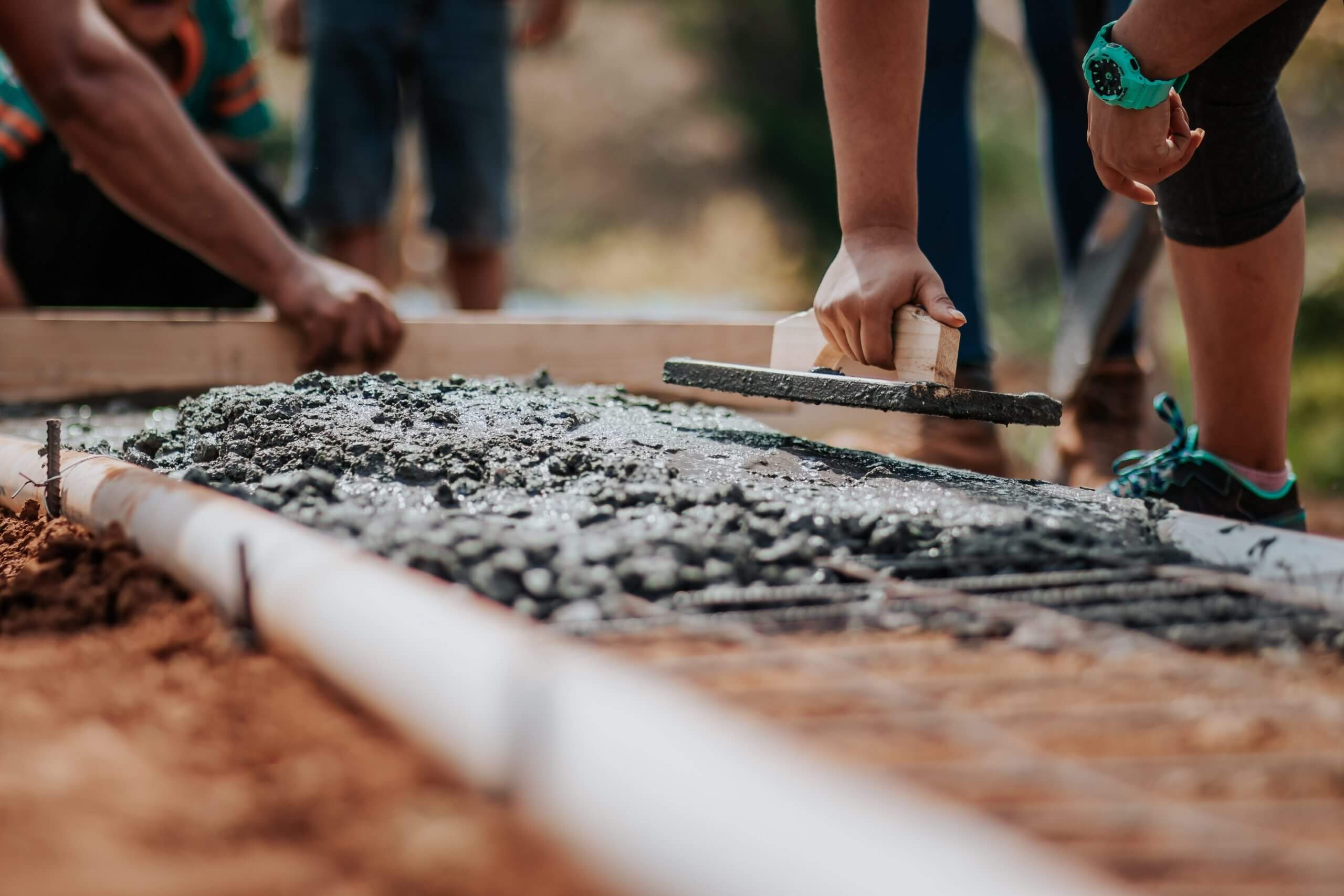
The bond of coarse and fine aggregates together with liquid cement (cement glue) that sets over time is called Concrete. When the aggregates mix with dry cement and some quantity of water, and mixture forms in a liquid slurry that is poured easily & formed into shapes.
What are the 5 types of concrete?
The combines all basic ingredients —Like Sand, concrete, and aggregates with using the 1:2:4 ratio.
- Reinforced Concrete.
- Prestressed Concrete.
- Plain or Ordinary Concrete.
- Lightweight Concrete.
- High-Density Concrete.
- Air-Entrained Concrete.
- High-Density Concrete.
- Precast Concrete.
What is mixed concrete?
A mix concrete is the combination of 5 major components in various balances: cement, water, coarse aggregates, fine aggregates, and air. Further elements such as chemical admixtures also are combined into the mix to give it several desirable features.
What are the 4 main properties of concrete?
Mechanical durability, in special compressive strength. The strength of natural concrete ranges between 25 and 45 MPa.
- Durability.
- Fire resistance.
- Porosity and density.
- Impact resistance.
- Thermal and acoustic insulation properties.
Top 10 advantages of concrete
- Concrete is Reasonable.
- Concrete Hardens at Ambient Warmth.
- Worth being cab Cast into Shapes and designs.
- Energy Absorb in Product.
- Superior Water Characteristics Resistance.
- High-temperature stability.
- Capacity to Demolish and Recycle Waste.
- Treatment in Reinforced Concrete.
Read here about what is a cantilever beam?
Which type of concrete is best?
Regularly, plain concrete is the Most uses for constructing highways, walkways, and structures in Areas that do not need high demand tensile strength. High demand strength Concrete operated by reducing the ratio of water-cement at less than 0.35. Such concrete has to beat 40 MPa strength.
What is the strongest concrete mix ratio?
The strongest concrete mix ratio is 1:3:5 (Cement, Sand, Coarse Gravel). In this example, both sand and gravels are aggregates. In premix concrete, the aggregates material is previously mixed with the cement.

How to mix concrete by yourself?
If you want to mix a small amount of concrete mixture you must need to mix cement, sand, and aggregates into the water with the ratio of 1:3:5.
What is concrete and its properties?
Concrete is a compound of portland cement, water, aggregates, and in some examples, admixtures. The cement and water create a paste that hardens and binds the aggregates mutually. Concrete has power, durability, versatility, and prosperity.
How is concrete testing performed?
The principal means of nondestructive testing of concrete is within the uses of a Schmidt Rebound Hammer. The hammer works firing a spring-load section at the concrete and containing the importance of the rebound of the mass of the concrete.
What is the General slump of concrete?
The Four-inch (4”) slump is very familiar with standard weight concrete and is good for pumping. Slumps that are beyond common will cause decreased power, durability, and permeability of the concrete. Admixtures should be used alternatively of water to obtain higher slumps so that you can control the sustainability of your concrete.
What is zero slump concrete?
According to the ACI’s Cement and Concrete Terminology (ACI 116R-90), no-slump concrete is freshly mixed concrete presenting a slump of less than 1/4 inch. Zero slump concrete is determined in the same report, as concrete of stiff or remarkably dry density showing no measured slump after replacement of the slump cone.
What are the Top 3 testing’s that usually use in fresh concrete or mixture?
- Slump Test
- Air Content,
- Unit Weight and Temperature
These tests help assess mix production and consistency in production.
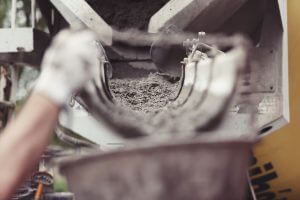
What is concrete placing?
The deposition, delivery, and concentration of freshly mixed concrete in the place anywhere it is to harden (often inappropriately applied to as pouring).- ACI Concrete Terminology.
How is concrete placed on-site?
The most crucial rules for avoiding division during the placing of concrete, in any portions, are: Concrete should be installed vertically and as near as feasible to its final position. It Must not be made to flow into place. Where concrete must be transferred it should be thrown into position.
Will concrete set in cold weather?
There are two major issues while pouring concrete in cold winter weather: Concrete can freeze before it obtains strength which splits up the matrix. Concrete sets more gradually when it is cold—very slow under 50°F; below 40°F the hydration resistance stops and the concrete doesn’t obtain strength.
